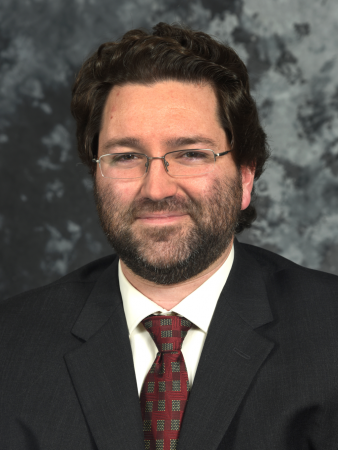
Paul Humrickhouse
Paul Humrickhouse
Idaho National Laboratory
Friday, December 13, 2019
3:00pm
Abstract: One of the significant challenges in realizing commercial fusion power is closing the tritium fuel cycle, both the “inner” cycle of fueling and exhaust from the plasma, in which ~99% of the tritium injected into the plasma is exhausted unburned, and the “outer” fuel cycle, in which tritium is bred in the blanket and must be extracted for re-use as fuel. Despite the lower throughput in this “outer” cycle, tritium losses via unwanted permeation can be a significant safety issue due to the desire for high coolant temperatures to maximize the efficiency of power conversion, another function that must be satisfied by the blanket. Highly efficient extraction systems help mitigate these while performing the necessary function of separation for re-use as fuel. This presentation will review extraction system concepts presently envisaged for use with solid ceramic, liquid lead-lithium, and molten salt blankets, and the underlying transport phenomena they exploit, and will give an overview of corresponding R&D efforts occurring worldwide, with a particular focus on membrane-based systems and related experiments presently under development at Idaho National Laboratory.
Bio: Paul Humrickhouse is a staff scientist in the Fusion Safety Program at Idaho National Laboratory. His primary research focus is on accident analysis methodologies for fusion reactors and development of related computer codes, in particular a fusion-modified version of MELCOR for thermal-hydraulic, heat transfer, and aerosol transport analysis, and TMAP for tritium transport. He has also been involved in a variety of experiments that provide data to validate such codes, including the tritium extraction experiments that are the focus of this talk, other tritium permeation measurements, statistical analysis of dust collected from tokamaks, and measurement of the explosion indices of beryllium dust. He also performs research in synergistic areas of fission reactor research, particularly advanced reactor concepts, including non-LWR source term methodologies, fission product transport in TRISO fuel and HTGRs, and hybrid energy systems. He holds BS (2006), MS (2006), and PhD (2009) degrees from the University of Wisconsin-Madison, and has worked at INL since 2006.